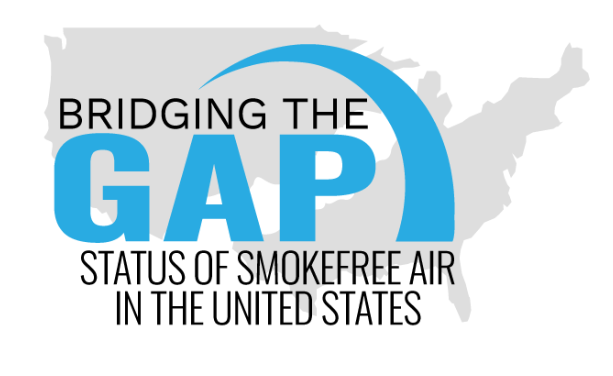Preemption keeps the state unhealthy: no one is protected from secondhand smoke exposure.
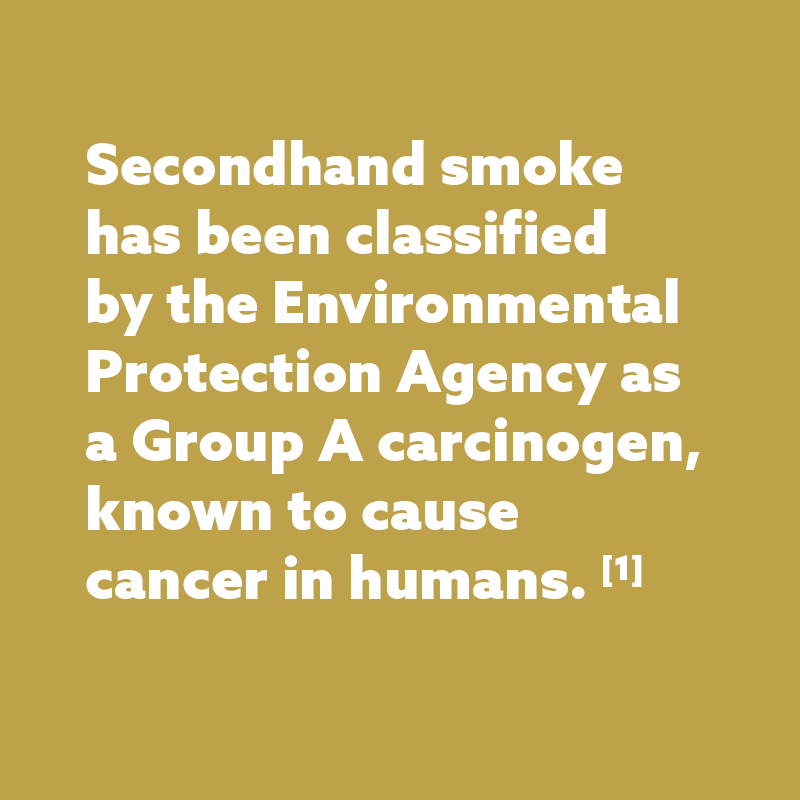
Pennsylvania is the 6th most populous state, with a population of 12.78 million. In 2008, a weak statewide smokefree law went into effect that only applies to non-hospitality workplaces. Thousands of workers continue to be exposed to secondhand smoke in the over 2,000 exempted venues including areas of restaurants, bars, private clubs, and casinos.
- 62.3% of Americans enjoy comprehensive smokefree protections in all public places and workplaces, including restaurants and bars. In contrast, in Pennsylvania 0% of the population is protected by this type of smokefree law. [2]
- Localities in Pennsylvania do not have the authority to pass smokefree laws due to preemption.
- 244,000 Pennsylvanians currently under the age of 18 are projected to die of tobacco-related disease. [3]
- Healthcare costs attributed to tobacco use in Pennsylvania amount to $7.4 billion annually. [4]
- Of 81 college campus sites in the state, 10 are 100% smokefree and 63 are tobacco-free. [5]
Preemption Status:
Preempted
No Local Control
Preemption refers to situations in which a law passed by a higher level of government takes precedence over a law passed by a lower one. Preemption is a tobacco industry tactic that removes a community’s right to enact local smokefree air laws. Since 2008, Pennsylvania law has preempted municipalities from adopting smokefree air laws. The city of Philadelphia is exempt, except in the case of casinos.
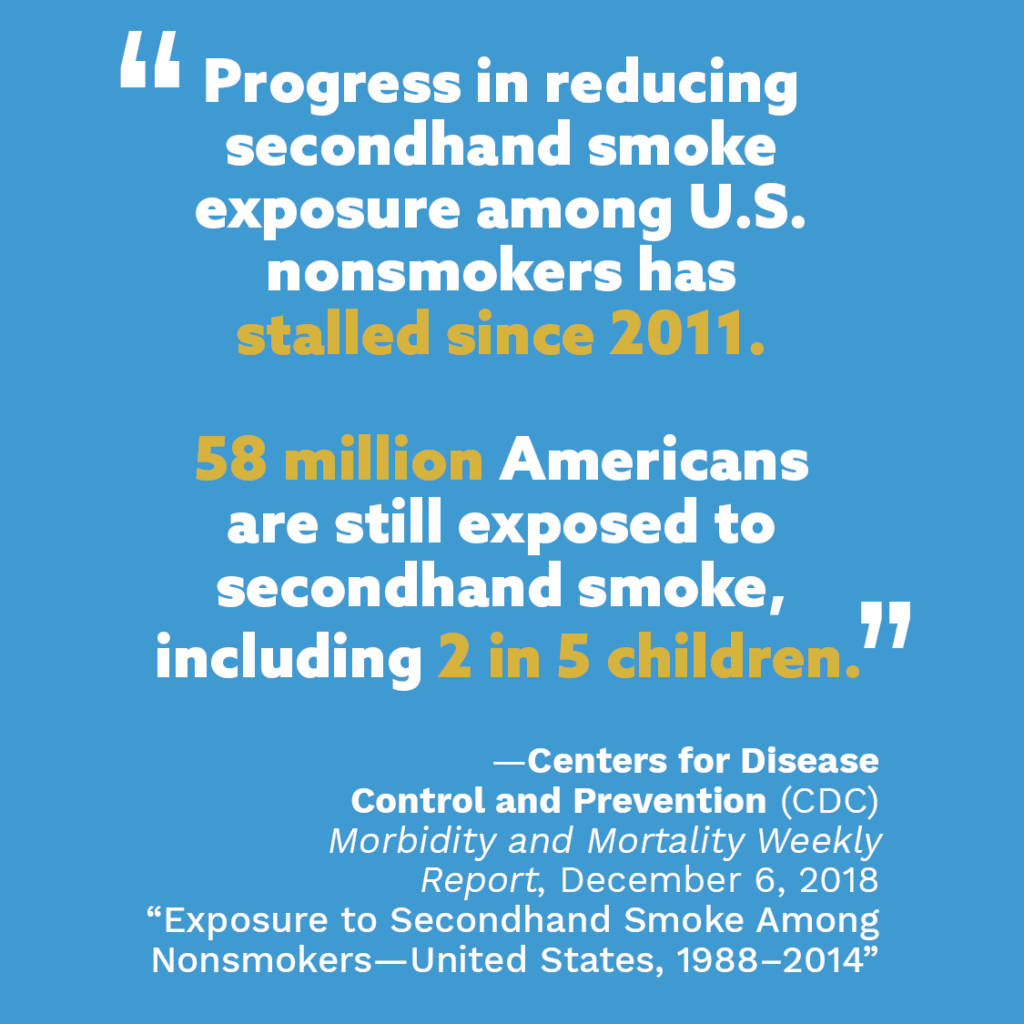
Many working in Pennsylvania are exposed to secondhand smoke.
Current Landscape of Smokefree Protections
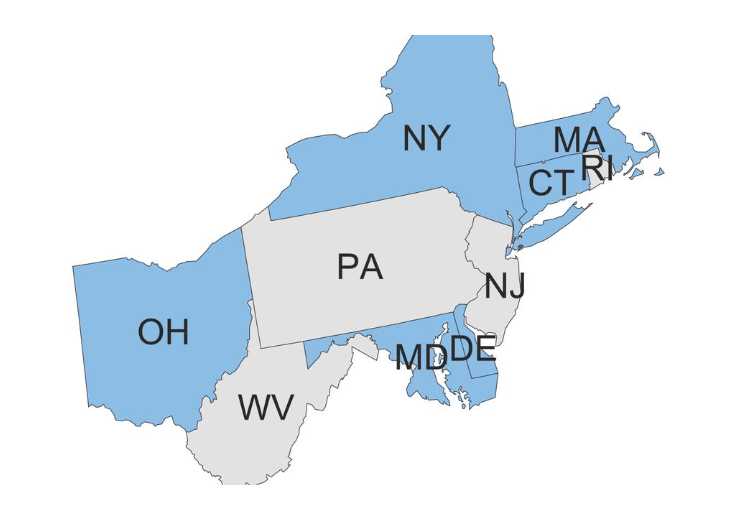
Pennsylvania is in proximity to numerous states which already have strong statewide smokefree laws that require state-regulated (non-tribal) gaming to be smokefree indoors, such as Delaware, Massachusetts, Maryland, New York, and Ohio. [2] In West Virginia, some casinos are smokefree, by local law. Blue states on the map above represent a statewide law requiring 100% smokefree state-regulated gaming (horse-racing, card-rooms, casinos, etc.) Grey states represent no statewide law requiring 100% smokefree state-regulated gaming. Note that the map does not reflect American Indian sovereign tribal policies.

Implications of Preemption
The majority of Pennsylvania residents are not fully protected from exposure to a known carcinogen. Philadelphia is the only locality with a strong local 100% smokefree restaurant law. Workplaces and bars were not included in part because of collective bargaining agreements at the time. Additionally, Philadelphia is preempted from closing gaps in casinos.
Poor Health Outcomes and High Costs
Tobacco use is the leading preventable cause of death in the United States. More than 480,000 people die from smoking or exposure to secondhand smoke each year. [3]
Pennsylvania has fallen behind the rest of the nation in tobacco control. The smoking rate among adults is 14.4% (1.48 million) and 4.2% for high school students, compared to national rates of 12.5% and 2%, respectively. [4]
Tobacco exacts a high toll, with 22,000 Pennsylvanians dying each year of tobacco-related illness. At current trends, 244,000 kids under the age of 18 in Pennsylvania are projected to die prematurely from tobacco-related illness. [3]
Annual health care costs in the state directly caused by tobacco use are $7.41 billion ($2.22 billion of which is Medicaid expenditures). [4]
Secondhand smoke exposure causes heart disease, stroke, and lung cancer among adults, as well as respiratory disease, ear infections, sudden infant death syndrome, more severe and frequent asthma attacks, and slowed lung growth in children. [3,8]
Beyond secondhand smoke exposure, nonsmokers exposed to thirdhand smoke in a casino are at an ever higher risk than those in a thirdhand smoke-polluted home. [9] Further, hospitality workers and children are susceptible to thirdhand smoke exposure, as the particles cling to hair, clothing and cars. Young children are particularly vulnerable, because they can ingest tobacco residue by putting their hands in their mouths after touching contaminated surfaces. [10]
Smokefree laws help to reduce adult smoking prevalence and prevent youth and young adult smoking initiation. [3,8]
Who is left behind?
Pennsylvania lags behind the rest of the country when it comes to protecting nonsmokers from secondhand smoke in public places and workplaces. A weak statewide law passed in 2008 has left many Pennsylvanians without protection. Pennsylvania’s law applies only to non-hospitality workplaces, and it preempts local jurisdictions from passing anything stronger.
No one in Pennsylvania is protected by a 100% smokefree workplace, restaurant, and bar law; thousands of employees, patrons, and visitors are exposed to secondhand smoke in these venues. A significant percentage of this unprotected workforce is employed in the state’s 12 commercial casinos. Pennsylvania’s casino revenue is second only to the state of Nevada. The casinos are positioned throughout the state in the following communities: Bensalem, Bethlehem, Chester, Erie, Grantville, Meadow Lands, Mount Pocono, Philadelphia, Pittsburg, Valley Forge, and Wilkes-Barre, and in total employ at least 17,616 people. [6] According to statewide law, smoking is permitted on up to 50% of the gaming floor; however, advocates find this provision is not enforced.
Disparities in tobacco use and secondhand smoke exposure persist in this large, populous state. According to county health rankings on the markers of length and quality of life, African Americans, as an ethnic group, are less healthy than in the county that ranked lowest on these same markers for the population as a whole. [7]. In addition, African Americans smoke at a rate of 24.9%, which is much higher than the state or national average. [4] Those who continue to be exposed to secondhand smoke in Pennsylvania are also more likely to identify as members of a marginalized group – LGBTQ2 or ethnic minorities – or to be hospitality workers (i.e. blue collar workers). Additionally, these individuals are often excluded from the political process. Building strong coalitions at the local level is a strategy employed in Pennsylvania to engage these populations and address persisting disparities.
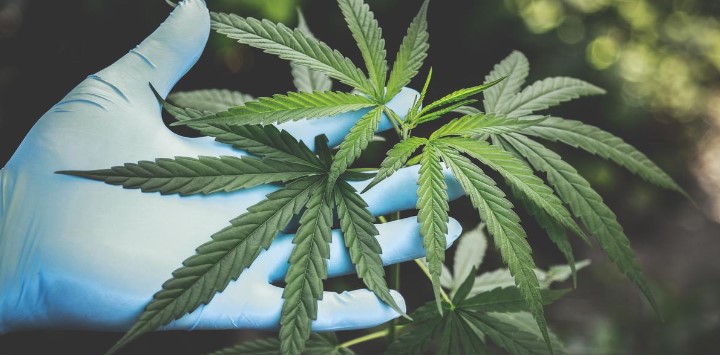
New Potential Challenge: Secondhand Marijuana Smoke
The People of Pennsylvania Want Smokefree Air
A September 2017 poll showed that 69% of voters supported legislation to strengthen the smokefree law to include all workplaces, restaurants, bars, and casinos; 64% favored including prohibiting electronic cigarette (e-cigarette) use in these venues as well. [11]
The state’s Breathe Free Pennsylvania coalition has earned the support and endorsement for strengthening the state’s smoking restrictions from 156 organizations and individuals, including major health systems, local public health agencies, the PA Breast Cancer Coalition, and, most recently, the statewide Veterans of Foreign Wars.
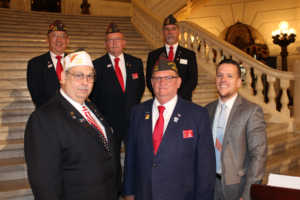
VFW Commander and State Board Leadership with Coalition Coordinator, Brad Cary
CAsinos
In response to the 2020 COVID-19 pandemic, all Pennsylvania casinos implemented 100% smokefree indoor air policies in compliance with the Governor’s Executive Order and further guidance from the state Gaming Control Board related to mask requirements. Parx casino has maintained a 100% smokefree indoor air policy and remains the state’s top revenue producer. Advocates in Pennsylvania and New Jersey are organizing around this unprecedented momentum to close loopholes in the statewide smokefree law.
First of its kind study demonstrates that casino visitors, even current smokers, desire smokefree spaces.
“When smoking is allowed in indoor areas of casinos, millions of nonsmoking casino visitors and hundreds of thousands of employees can be involuntarily exposed to secondhand smoke and related toxicants.” [15]
—Office on Smoking and Health, Centers for Disease Control and Prevention
A recent study found that 75% of U.S. adults who visit casinos favor smokefree casinos.
No prior studies have exclusively assessed adult attitudes toward smokefree casinos in the United States.
This study found very high favorability among those age >64 (81.6 %), college educated (81.7%), and higher income (79.1/80.8%). Smokers made up 13% of the sample, and, of those smokers, nearly half (45%) supported smokefree casinos. [12]
COVID Reminds Us That Health Promotion Policies Matter
Just as social distancing and handwashing help prevent the spread of disease, eliminating secondhand smoke is critical to prevent acute and chronic diseases, and saves lives by reducing the risk of heart disease, stroke, respiratory diseases, and lung cancer by up to 30% at a population wide level.
Going smokefree prevents exposure to the carcinogens and toxins in secondhand tobacco and marijuana smoke as well as dramatically reduces the spread of respiratory droplets that could transmit flu and other viruses like COVID.
Strategies to Close Gaps & Increase Health Equity
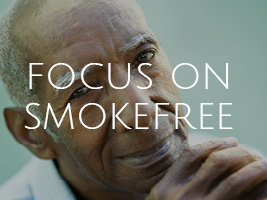
Focus on smokefree policies: Competing issues can distract and delay work on smokefree policies. Smokefree laws have immediate and long-term health and economic benefits, and they are worth the investment of time and effort to protect everyone from exposure to a known human carcinogen. [3]


Adopt a statewide smokefree law: Since communities in Pennsylvania are preempted from adopting strong local smokefree laws, efforts should be focused on the legislature to adopt a comprehensive 100% smokefree workplace law that includes restaurants, bars, and casinos. Smokefree laws should also prohibit the use of e-cigarettes, marijuana, and hookah to prevent secondhand smoke exposure to the toxins, carcinogens, fine particles, and volatile organic compounds that have been found to compromise respiratory and cardiovascular health. [13,14]
Statewide campaigns are always a challenge given the influence of the tobacco industry in state legislatures, and the casino industry in Pennsylvania. In addition, the state’s large geography and demography make statewide organizing a challenge and will require ample human and financial resources. To elevate a statewide campaign to the next level would require investing in a highly professional and strategic organizing and paid media campaign. The campaign should highlight worker health, particularly casino employees, being left behind as well as emphasize broad public support for the measure and the financial benefits of going smokefree.
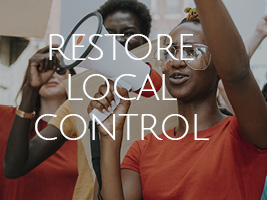
Alternatively, repeal preemption and restore local control: There have been several successful preemption repeal campaigns that have restored local authority to adopt smokefree laws at the municipal level. Local control and increasing civic engagement is at the heart of our broader goal of educating the public about the health effects caused by secondhand smoke and changing attitudes regarding smoking in ways that harm other people. Delaware was the first state to repeal preemption and simultaneously adopt a law that made all workplaces, including casinos, 100% smokefree in 2003. Other examples include Illinois, which repealed preemption in 2006. The following year, over 30 Illinois municipalities enacted local smokefree laws. The state then adopted a law that went into effect in 2008 making all workplaces, including casinos, 100% smokefree.
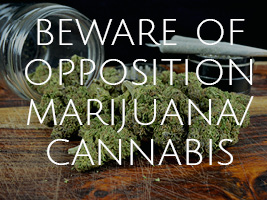
Beware of opposition from cannabis/marijuana proponents: The Pennsylvania legislature approved a bill to legalize the medical use of cannabis on April 17, 2016. States that legalize medical marijuana typically go on to legalize recreational, adult use marijuana after a few years. Marijuana smoke is also a form of indoor air pollution and a hazard to nonsmokers’ health. In order for indoor workplaces and public spaces to truly be safe and healthy environments, tobacco and marijuana smoke, along with secondhand e-cigarette aerosol/vapor should be prohibited.

Invest in the future: In order to address the gaps in smokefree coverage, a great deal of effort and financial resources will be required to explain the ongoing disparities in smokefree protections and the benefits of 100% smokefree environments, and to counter misinformation about the viability of ventilation systems to protect people from secondhand smoke exposure. Collaborating with and mobilizing additional community-based partners who represent those individuals or specific classes of workers being left behind is critical to reach success.

Increase funding and resources: Tobacco prevention, education, training, and cessation funds are needed to better address disparities in smoking and exposure to secondhand smoke. In addition, funds to support the implementation of a statewide law are critical to increase community awareness of and compliance with the smokefree rules.
Every Worker Has the Right to Breathe Clean Air
Sources of data:
- “U.S. Environmental Protection Agency, Respiratory Health Effects of Passive Smoking: Lung Cancer and Other Disorders,” EPA/600/6-90/006F, December 1992.
- American Nonsmokers’ Rights Foundation. (2022). U.S. Tobacco Control Laws Database. Berkeley, CA.
- United Health Foundation. (2021). America’s Health Rankings Annual Report.
- Centers for Disease Control and Prevention, National Center for Health Statistics. Underlying Cause of Death 1999-2016, December, 2017.
- American Nonsmokers’ Rights Foundation. U.S. College Campus Tobacco Policies Database© , Berkeley, CA, 2022.
- The Economic Impact of Tribal Gaming, December 2017.
- US Department of Health and Human Services. The health consequences of smoking: 50 years of progress. A report of the Surgeon General. Atlanta, GA: US Department of Health and Human Services, CDC; 2014.
- Centers for Disease Control and Prevention. (n.d.). State Highlights: Oklahoma [from State Tobacco Activities Tracking and Evaluation System].
- US Department of Health and Human Services. Preventing tobacco use among youth and young adults. A report of the Surgeon General. Atlanta, GA: US Department of Health and Human Services, CDC; 2012.
- Matt, Dr. Georg (2018). Smoking Bans May Not Rid Casinos of Smoke. US News and World Report.
- Matt, G E, Quintana PJ E, Hovell MF et. al. (2004). Households contaminated by environmental tobacco smoke: sources of infant exposures. British Medical Journal: Tobacco Control.
- Tobacco Settlement Endowment Trust (TSET). Tobacco Control Policies Saves Lives. CHS & Associates Research Survey, 2017.
- U.S. Census Bureau QuickFacts: Oklahoma.
- Centers for Disease Control and Prevention, Oklahoma: Planning for Health Equity.
- Michael A. Tynan, BA1 ; Teresa W. Wang, PhD1; Kristy L. Marynak, MPP1; Pamela Lemos, MS1; and Stephen D. Babb, MPH1, Attitudes Toward Smoke-Free Casino Policies Among US Adults, Centers for Disease Control and Prevention Office on Smoking and Health, Public Health Reports, 2017 [accessed 2019 Mar 21].
- Grana, R; Benowitz, N; Glantz, S. “Background Paper on E-cigarettes,” Center for Tobacco Control Research and Education, University of California, San Francisco and WHO Collaborating Center on Tobacco Control. December 2013.
- Williams, M.; Villarreal, A.; Bozhilov, K.; Lin, S.; Talbot, P., “Metal and silicate particles including nanoparticles are present in electronic cigarette cartomizer fluid and aerosol,” PLoS ONE 8(3): e57987, March 20, 2013.
Related Reading:
Huang, J., King, B.A., Babb, S.D., Xu, X., Hallett, C., Hopkins, M. (2015). Socio-demographic disparities in local smokefree law coverage in 10 states. American Journal of Public Health, 105(9), 1806–1813.
Tynan, M.A., Baker Holmes, C., Promoff, G., Hallett, C., Hopkins, M., & Frick, B. (2016). State and local comprehensive smoke-free laws for worksites, restaurants, and bars — United States, 2015. Morbidity and Mortality Weekly Report, 65(24), 623-626.
American Gaming Association. (September 2018). State of the States: The AGA Survey of the Casino Industry.
Rhoades, R. and Beebe, L. Tobacco Control and Prevention in Oklahoma: Best Practices in a Preemptive State. American Journal of Preventive Medicine. (January, 2015)
[n.a.], “Tobacco industry interference with tobacco control,” Geneva: World Health Organization (WHO), 2008.
NCI Monograph 17: Evaluating ASSIST – A Blueprint for Understanding State-level Tobacco Control Evaluation of American Stop Smoking Intervention Study for Cancer Prevention Chapter 8, Evaluating Tobacco Industry Tactics as a Counterforce to ASSIST (October 2006).
July 2022
